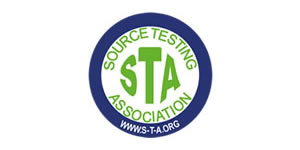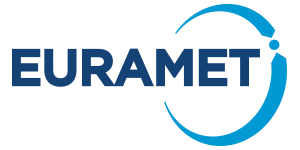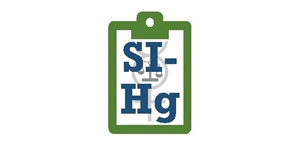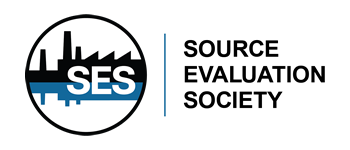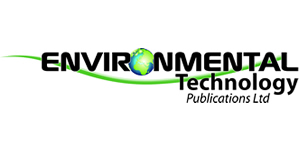| Abstract Title: | Comparison of measurement-based quantification methods for methane emissions from the natural gas distribution network |
| Presenter Name: | Mr Hossein Maazallahi |
| Co-authors: | Dr Antonio Delre Prof Charlotte Scheutz Dr Anders M. Fredenslund Dr Stefan Schwietzke Dr Hugo Denier van der Gon Prof Thomas Rckmann |
| Company/Organisation: | Utrecht University |
| Country: | Netherlands |
Abstract Information :
Gas distribution networks are an important source of methane emissions in cities. Various methods to quantify the emissions from urban gas pipeline leaks exist. To perform an intercomparison of different methane CH4 detection and quantification methods, we first deployed two detection methods mobile and carpet followed by three quantification methods mobile, tracer and suction at gas leak locations in Hamburg, Germany. We also used the information reported by the local gas utility to estimate emission rates of gas leaks using an engineering method based on leaks diameter, pipeline overpressure and depth of buried pipeline.rnIn Germany, suction measurements are used to support the national inventory report NIR related to the section of emissions from gas pipeline leaks. The focus of this study was on 20 locations, which were detected either with the mobile surveys or reported from the routine gas leak detection method of the local gas utility carpet method. The mobile and tracer methods were applied at most of the leak locations as measurement setup and execution of those methods are less time consuming than the suction method, especially if high subsurface CH4 accumulations are present. rnThe confirmed gas leak locations 18 out of 20 were classified into safety categories which in Germany is described by the German Technical and Scientific Association for Gas and Water DVGW, namely A1, A2, B and C. The A1 leaks should be fixed immediately, A2 leaks within one week from detection, B type leaks have a three-month time window before repair and the C leaks can be fixed according to the repair plan of the utility. In this campaign we encountered gas leaks from all safety types and the subsurface soil accumulations and emission rates associated with the A1 and A2 leaks were higher than the B and C categories. We will show the intercomparison results but given the safety regulations andor high subsurface CH4 accumulation, the suction method either could not be applied or resulted in incomplete measurements at these A12 locations, which led to a biased sampling in our study. The key question is if this also leads to biased emission rates in Germanys NIR and if that can be overcome by deploying different methods.


